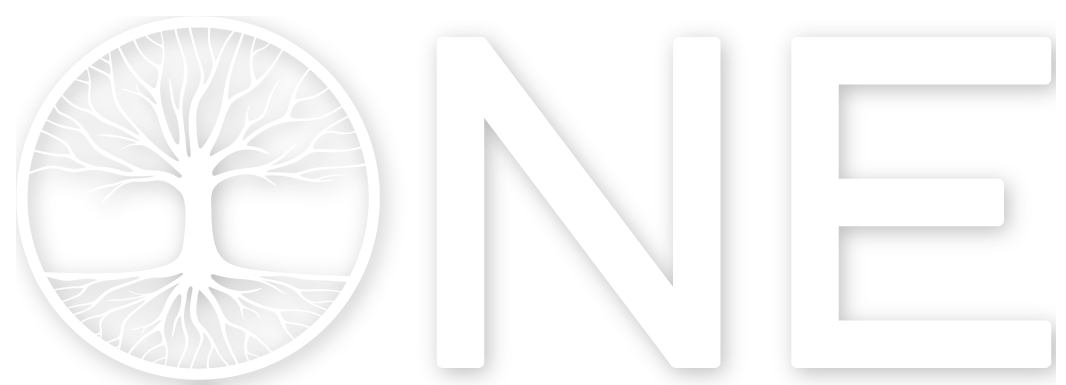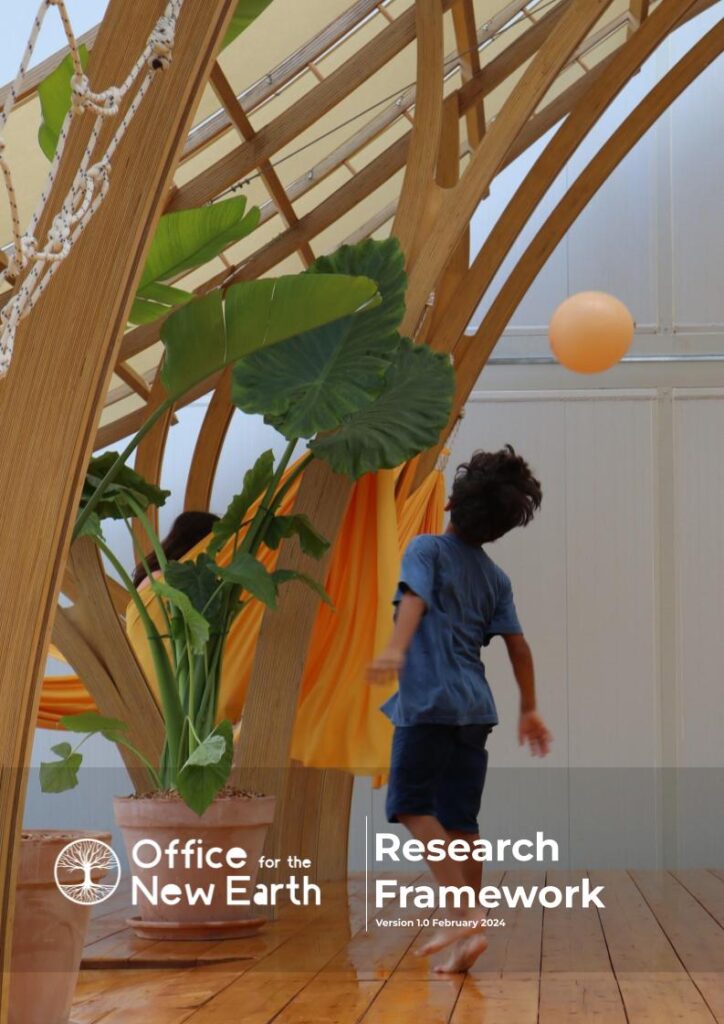Mission Statement
It is ONE‘s mission to build healing spaces for children
in which they can play, feel protected and reconnect with themselves
In the picture of a humanitarian crisis, the focus of major organizations immediately goes to the most structural needs of people: food, shelter, and water. Unfortunately, these vast solutions sometimes lead to prison-like living conditions, that especially jeopardize the needs of children. Instead of being solely focused on physical needs, children need to be emotionally nurtured above anything else! This does not happen in environments made of solely concrete, steel and gravel.
Children need safe and nurturing spaces, in which life can flourish, curiosity is triggered, and their imagination expands. Spaces in which they feel the protection to express themselves, in which their dreams of a brighter future come alive. When children have access to a healng place, educational and therapeutic approaches can be practised on fertile ground. From there on, they will share new hope and vitality into the rest of their communities.
Specialized in the physiological and psychological impact of architecture, ONE builds spaces that help children to feel better and stimulate their physical, emotional and cognitive development. This way their traumatizing background is not further exacerbated by the temporary shelters. Instead, they get the ingredients to turn into open-hearted grown-ups, who prosper in life and add to the peace and affection for the generations to come.
Research Framework
The focus of ONE’s work is to take the necessary responsibility of sustainable architecture for refugees and to ensure that it is designed far beyond a fundamental utilitarian approach and establish lightness within a bleak atmosphere, resurrecting hope through re-engaged human needs and higher desires. Through purposefully-led craftsmanship, balancing of harmonious materials sculpted into proven geometric harmonies, we are demonstrating how efficient practical steps can be taken towards humanitarian architecture. Bringing light and purpose to the young generation of refugees soon to enter into those spaces.
Read our entire framework by clicking on this link.
Design Principles
Complementary Partnerships and local participation
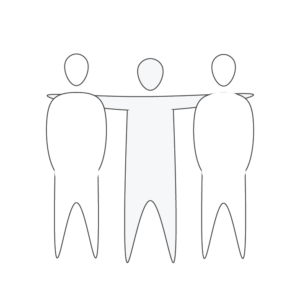
Empower local people | Our purpose is to build with NGOs that give crucial support to children, preferably within local communities. Subsequently, we aim to involve the children and their surrounding communities in a participatory design process of dialogues and drawings. This way we define the design of the proposed intervention.
Partnerships | Before starting a collaboration, we screen partners carefully on their integrity and the quality of the childcare. We prefer NGOs that have a licensed background in innovative education and psychological and social support. Then, we select partners we trust and start a conversation about potentials for local empowerment.
The ripple effect | Our aim is to realize high quality healing spaces for children in the greatest need. In the process of realizing this, we seek collaboration with local contractors and volunteers to ensure a positive ripple effect on the community both socially and economically.
Biophilic Design:
Design with Nature
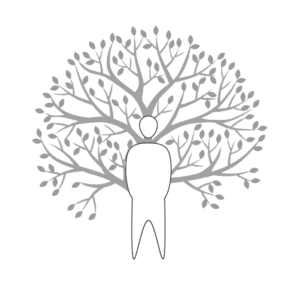
Respect the environment | Nature functions like a fragile web of life. This ecological system can be exploited, disrupted, or polluted but also repaired or even empowered by the ways we build. Our aim is to preserve nature and use natural materials that are harvested without disrupting the natural environment.
Nature in space | To many contractors it seems economical to exclude nature out of the building as much as possible. However, an increasing amount of research advocates the inclusion of plants, daylight, a connection with outdoors, and the use of natural materials to be healing for the user.
Design for Life | A building should be more than four walls and a roof. It is a shelter in which life should flourish, in which we feel healthy and balanced, both physically and mentally. We build adaptively, that is to say that every design decision is made to enhance the well being of all organisms.
Design for Well-being and psychological healing
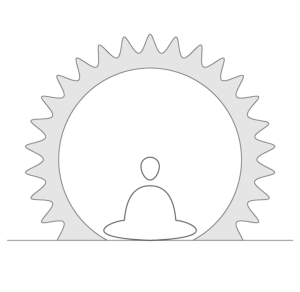
Specialized in Biophilic design and Environmental psychology, we apply design solutions from a large base of evidence-supported references. We no longer have to follow the ideas of a particular ideology or fashion, that is often not of any interest in the well-being of children.
The field of neurology teaches us that our brain and nervous system are nurtured or disrupted by the stimuli of the environment. Especially children can develop symptoms of ADHD and autism when they don’t get the right balance of healthy stimuli.
Apart from including nature in space, which enhances the overall development of the brain, we always aim at a balance of refuge (spaces that encourage safety and introspection), and exploration (spaces that encourage exploration and curiosity).
Non Profit Design & Construct
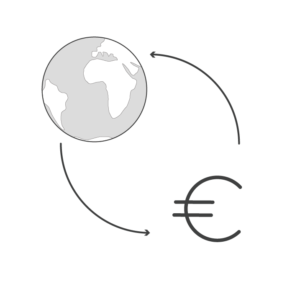
There are many NGOs, whose people are very driven by their heart to help people out. They try to channel their funds as much as possible to their goal.
One of the biggest costs is building or renovating the space where they need to do their work. For this, they are either dependent on commercial parties, loosing a lot of their budget, or do the work themselves, something they don’t have time or skill for.
With ONE we hope to offer a solution for this.
We are one of the few Non-Profit Design & Construct offices in the world, meaning we collect donations and funds ourselves that are necessary for realizing projects. From our expertise in architecture and civil engineering*, we make sure to realize high quality spaces, that do not only fit their purpose but also have a lasting positive impact on both the children and the people taking care of them.
*Michael Vrijhof as an architectural engineer, and Niels Hofstee as a civil engineer. Educated at the TU Delft, they are trained to build sustainable and safe spaces. For all our projects we follow the European building codes. For more information, see this page.
